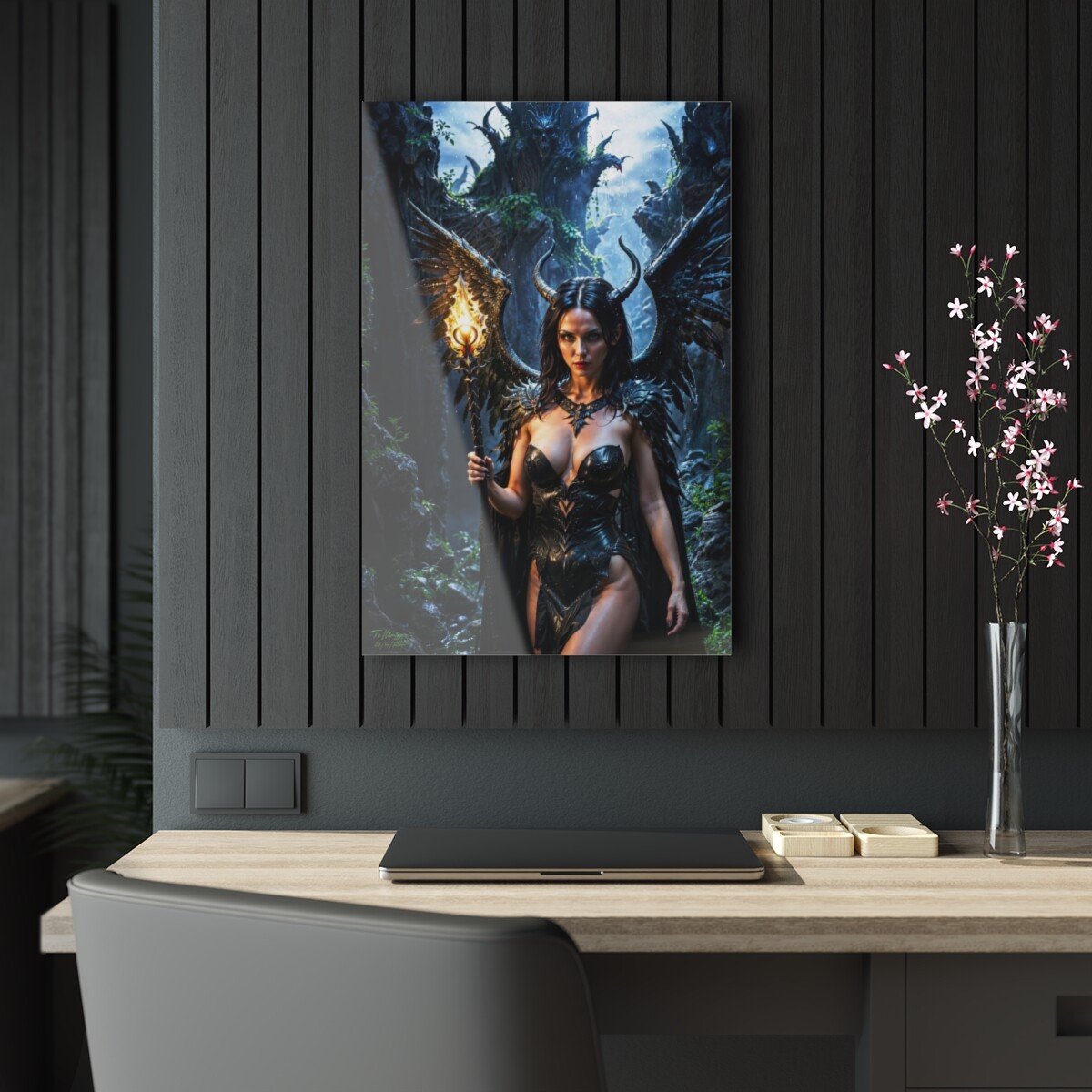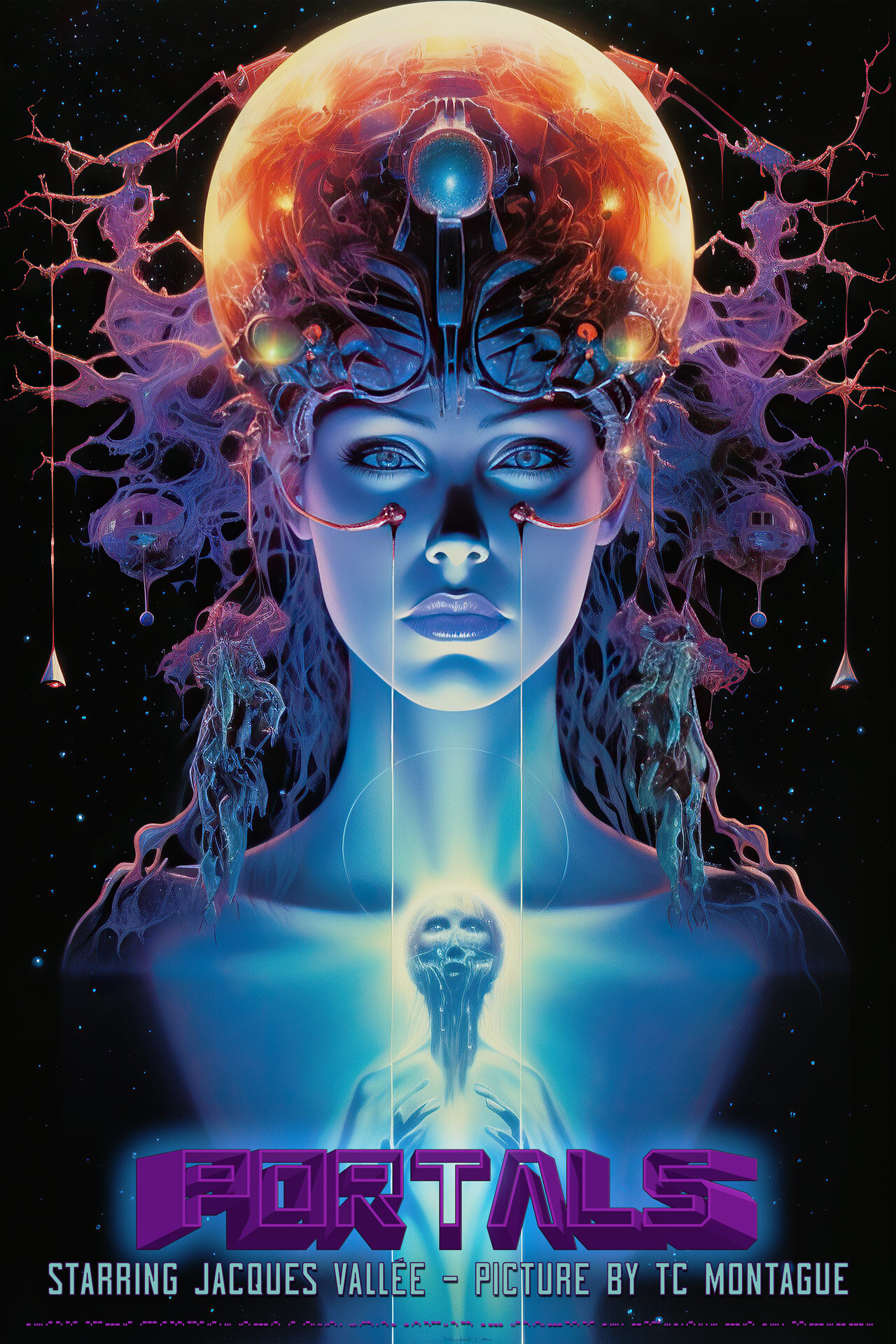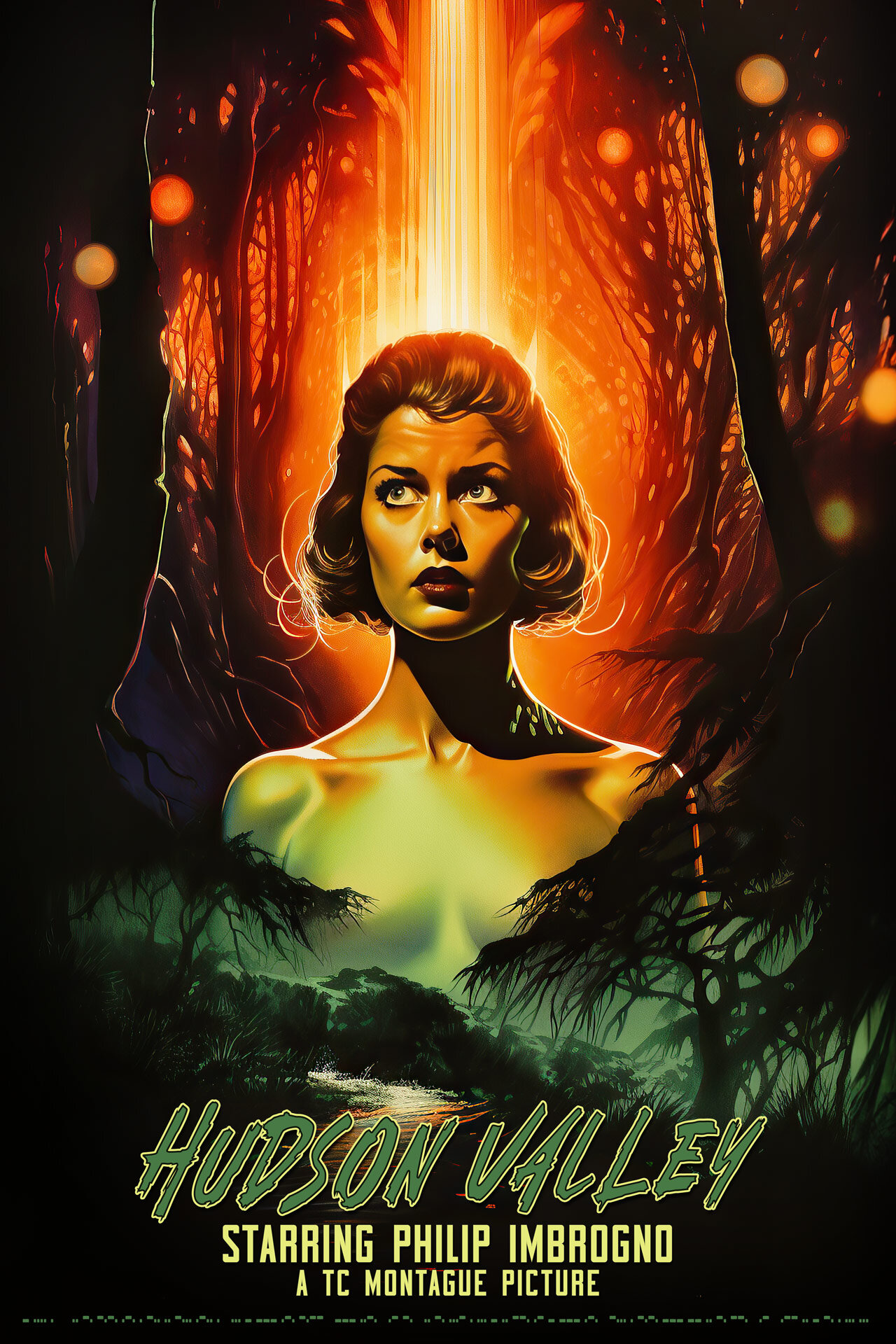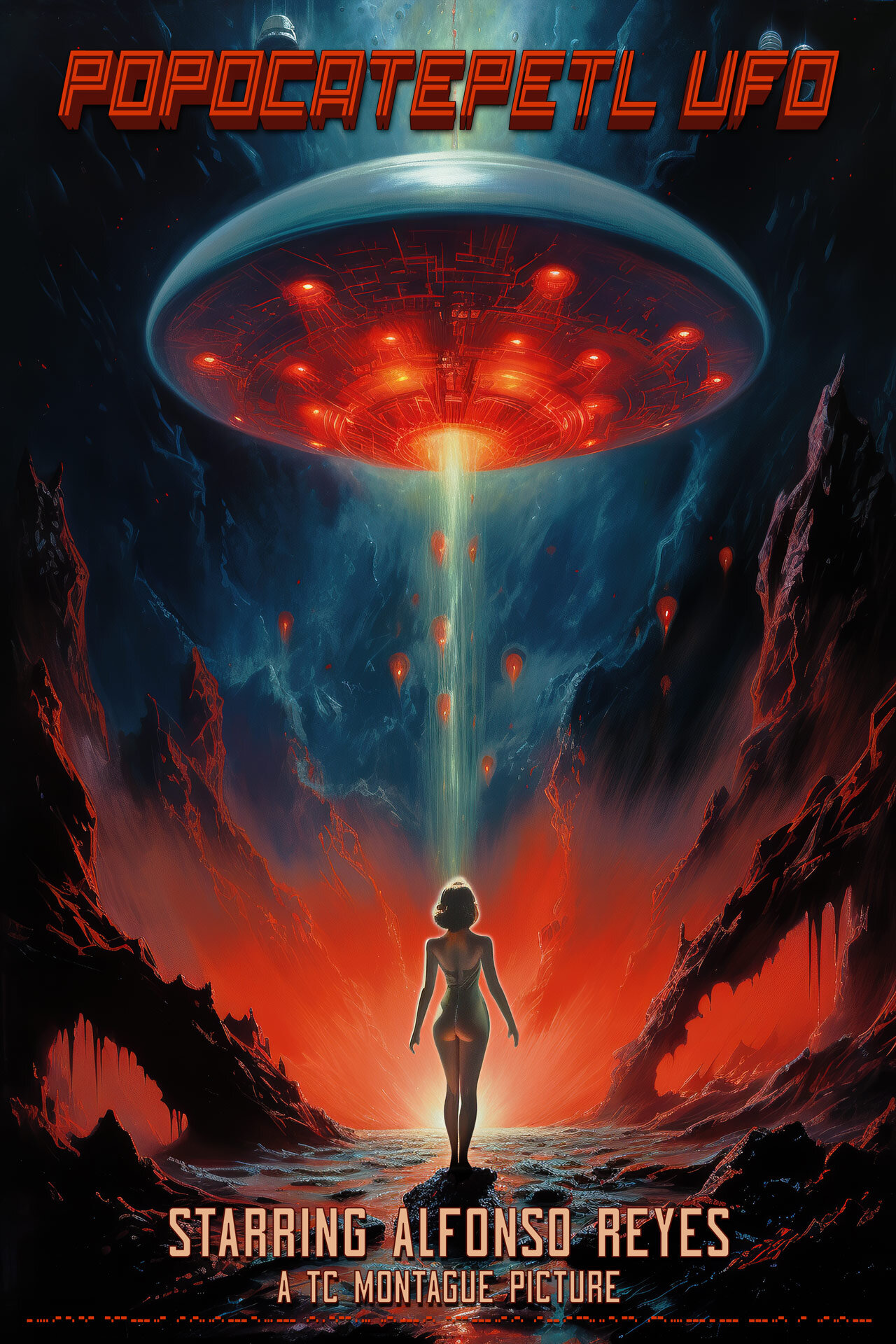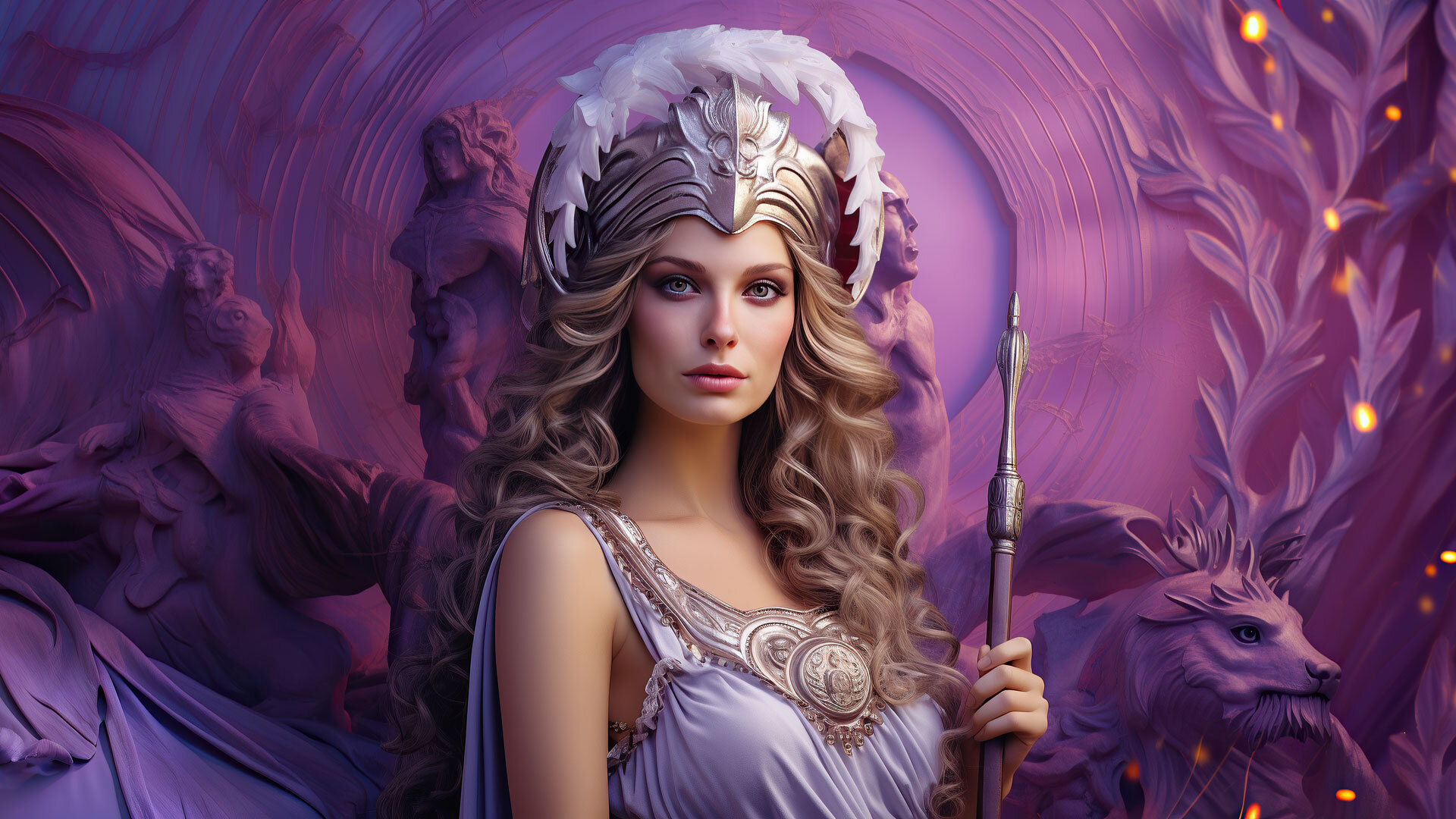Due to the added layer of smoke and fog detail and the increased complexity of the scene inhabitants I lowered the master Equirectangular size down to 18,432 by 9,216. Editing in Photoshop and Lightroom at this scale was much more enjoyable with my current M1 Ultra configuration.
The extra layer of smoke effects were added in small groups as I blended them with the scene. I was careful to place them in accordance with the grid overlay system so their direction and size were convincing.
In order to edit in equirectangular space you need to change the image projection when importing a rectilinear image, this conversion needs to be done in a convincing way, so a grid overlay is used. High resolution rectilinear still images would be imported into photoshop converted to a smart object and then warped through Photoshop. For objects with heavy distortion fields near the Zenith and Nadir I placed and re-projected them with Pano2VR.
The Grid Overlay seen here represents distortions of a rectilinear view when projected in equirectangular space. Using the overlay helps keep distortions at a minimum when in VR and when viewing the rectilinear projection of the equirectangular image.
Carefully crafted prompt engineering is essential to the success of any AI generated project. Those who dismiss AI image generation as a simple prompting exercise do not understand the process of directing AI to very specific constraints. Lighting, color, depth of field, style, subject position, camera angles, seed numbers, and negative prompting, are all crucial to create a seamless composite across all images. Countless hours of practice with AI, and the concise economy of words used are required to keep the constraints consistent across all renderings.
Even with specific prompting you will undoubtedly need a healthy dose of patience and some re-rolling of prompts.
Example mid journey prompt: cyberpunk phoenix sign, detailed, elite, royal, circle shape, neon, dim light, yellow, teal and pink, sharp focus, top view –v 5 –ar 4:4




